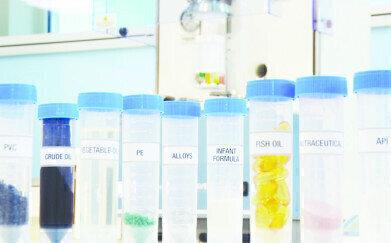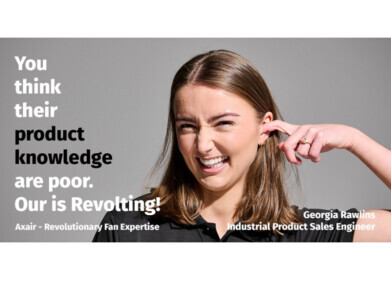Laboratory Products
Comparing Current Microwave Digestion Technologies
Jun 12 2019
You’ve decided to invest in a microwave digestion system for your trace element requirements. So, how do you go about selecting the optimum technology for your samples? What types of acids will be best suited for your elements of interest, and what temperature and pressure will be required? After understanding these issues, you can look more closely at the pros and cons of the various microwave technologies.
There are of three commercially available technologies, which can be easily distinguished for performance and productivity. The sequential system allows for single sample digestion, one at a time, with limited temperature and pressure capability. Productivity is considered to be low because it is digesting one sample at a time. Traditional rotor-based system offers good temperature and pressure capability and medium productivity. Last but not least, the SRC technology offers high temperature and pressure capability as well as superior productivity than any other system.
With SRC technology, there is no requirement to batch samples with a similar matrix; so as a result, all sample types can be digested at the same time. Additionally, the high temperature and pressure capabilities of the technology allow even the most difficult organic matrices to be digested in the minimum amount of time. With the nitrogen-pressurised capping system, samples of widely different analyte concentration can be positioned next to each other in the chamber without concerns of cross-contamination. It’s also worth pointing out that there is no minimum volume of acid that must be used with the SRC, which is extremely useful particularly when looking to lower detection capability or to analysing very small sample sizes.
By offering no vessel assembly and the ability to rapidly cool down, an improved workflow can be achieved. And by using disposable glass vials and fewer vial components, it will reduce labour costs and lower the costs of consumables compared to the vessels used in traditional microwave approaches.
Contact Milestone today to learn more.
More information online: https://ilmt.co/PL/QJ3P and https://ilmt.co/PL/kRjY
Digital Edition
Lab Asia 31.2 April 2024
April 2024
In This Edition Chromatography Articles - Approaches to troubleshooting an SPE method for the analysis of oligonucleotides (pt i) - High-precision liquid flow processes demand full fluidic c...
View all digital editions
Events
Apr 25 2024 Istanbul, Turkey
Apr 28 2024 Montreal, Quebec, Canada
May 05 2024 Seville, Spain
InformEx Zone at CPhl North America
May 07 2024 Pennsylvania, PA, USA
May 14 2024 Oklahoma City, OK, USA


.jpg)















